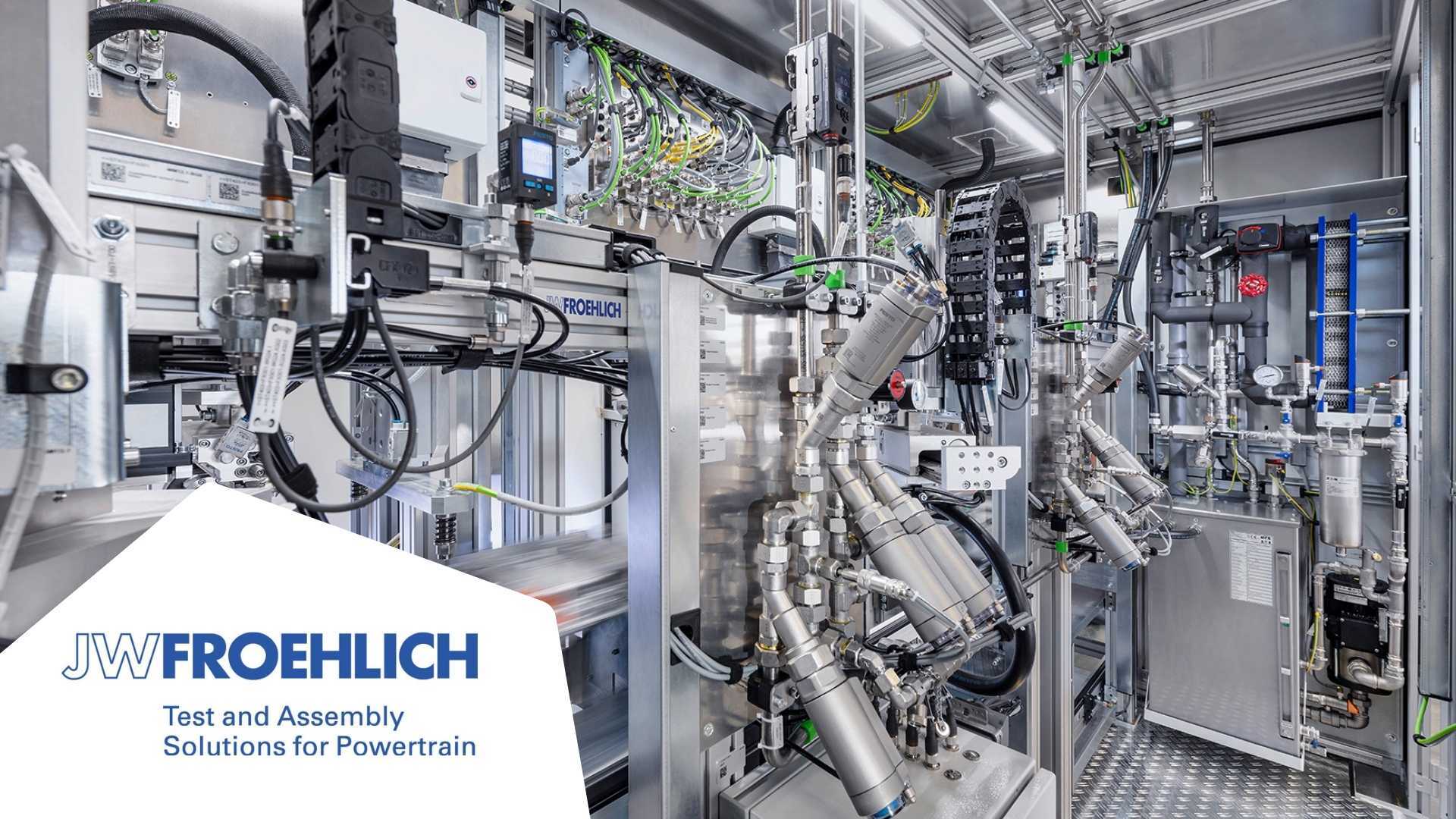With innovation and great passion, JW Froehlich develops application-oriented assembly, function, and leak testing systems for electric drives, batteries, and fuel cells. The company operates in sectors including the automotive industry, medical technology, and aerospace, and has stood for quality, precision and bespoke solutions for decades. This commitment extends to technical documentation. To improve editorial workflows and sustainably ensure documentation quality, JW Froehlich opted to implement the XR editorial system from gds together with the web-based tool reviewhub. kothes supported the editorial team in building a structured processes, developing suitable concepts, and integrating them into daily operations.
Previously, technical documentation was created in Word. Each document was created individually, with content often copied or rewritten – even though many documents shared similarities. This resulted in a high effort, particularly when it comes to translations, a lack of consistency and many potential sources of error. In particular, safety-related information or variants were prone to inconsistencies. Coordination with specialist departments was also labour-intensive: approvals were managed via Word documents with review loops, often leading to unclear comments and extra work.
With support from kothes, the foundation was laid for a systematic editorial process. Through workshops and concept development, the teams created solutions for the use of metadata and variants. The JW Froehlich editorial team was specifically prepared for system implementation.
Today, JW Froehlich benefits from a consistently structured process. Content can be reused multiple times, documentation quality has increased, and the editorial team is noticeably relieved.
The initial situation
Documentation had previously been created by a three-person team in Word, with manuals tailored to each product. At the same time, much of the content was similar, but could only be reused with considerable effort – especially when documentation was required in certain foreign languages.
The result was that content was manually created multiple times. This time-consuming and error-prone process was increasingly unable to meet growing demands. Inconsistencies arose, particularly with cross-product information. Feedback on approvals had to be collected and manually incorporated – a non-transparent, resource-intensive process.
Given rising documentation requirements and limited capacity, it was clear: a professional editorial system was needed to continue working efficiently and with assured quality in the future.
The task
The aim was to introduce an editorial system that would enable more efficient creation and maintenance of technical documentation and facilitate collaboration. The focus was on a holistic concept for future-proof workflows and tangible relief for the editorial team.
Key requirements:
-
Enable systematic reuse:
Content should be modular and reusable. This would reduce redundancies and improve consistency – a major advantage given the many cross-product similarities. -
Develop practical concepts:
Everyday-ready concepts were needed for metadata, variants, and variable management. The team also needed to familiarise themselves with the new functions and develop their own solutions for specific content. -
Build user competence:
To ensure secure use of the system, practical training and workshops tailored to specific requirements by JW Froehlich were essential.
The task for kothes:
To accompany the editorial team throughout the entire change process – with professional, methodological and technical support.
The approach
From editorial project to system change
JW Froehlich had previously worked with kothes. At the beginning of 2024, the editorial team attended a webinar on editorial systems. This led to the decision to fundamentally renew processes and introduce XR and reviewhub.
The combination of editorial system and web-based approval tool now enables both, content reuse and significantly simplified coordination. Feedback from specialist departments is fed back into the system in a structured way – without information loss or duplication of effort.
Training, workshops and concept development
The editorial team was gradually familiarised with the new system through workshops and training sessions conducted by kothes.
Overview of measures implemented by kothes:
- Installation of XR and reviewhub: Technical setup and integration with the existing IT landscape
- User training: Practical foundations tailored to JW Froehlich products and workflows
- Workshops on metadata, variants, and variables: Development of suitable concepts for structured handling of reusable content
The modular training sessions enabled targeted familiarisation and sufficient time for independent testing between appointments. This combination of training, concept development and ongoing support proved to be a key success factor.
Integrating reviewhub, overcoming challenges
A key component of the new system landscape was the introduction of reviewhub. Thanks to good collaboration, minor technical hurdles were quickly overcome. Since then, the editorial and specialist departments have benefited from a more efficient, transparent approval process – with direct added value for quality assurance.
The benefits for JW Froehlich
With the introduction of XR and reviewhub, supported by kothes, previous workflows have been replaced by a system that supports content reuse and transparent approval processes. Quality assurance has been simplified. The editorial team benefits from robust concepts for metadata and variants. Practical training and workshops have further strengthened the team both professionally and methodologically.
Kristina Welch, Head of Technical Documentation and project lead on the client side, summarises:
“Especially in the initial phase, it was a challenge to develop the right concepts for our products. The combination of individual support, workshops and technical expertise from kothes helped us enormously. I particularly appreciate the open, solution-oriented dialogue at eye level every time.”
Even after the completion of the project, kothes remains an active point of contact and provides flexible support for technical and professional queries. This ensures that JW Froehlich is now ideally positioned to further develop technical documentation efficiently, save time and respond proactively to new requirements.

